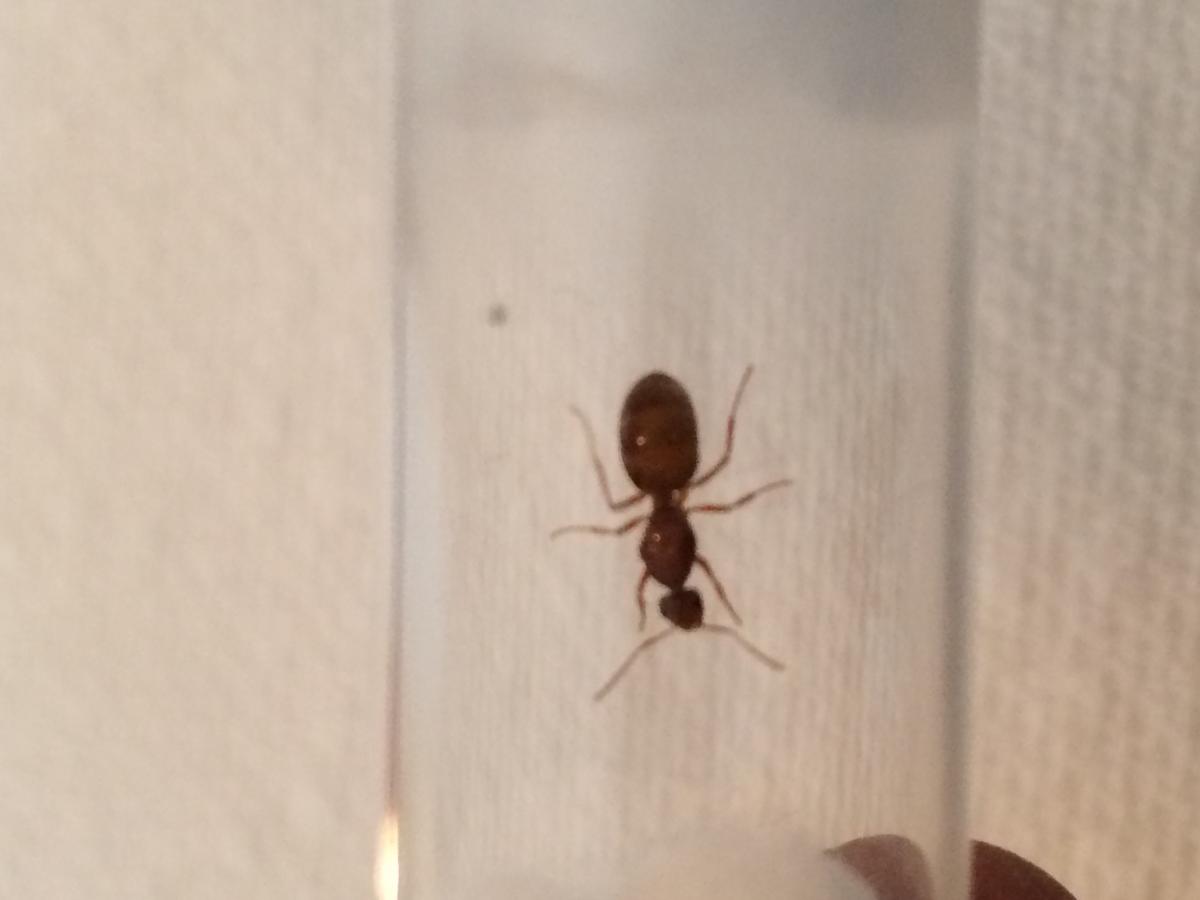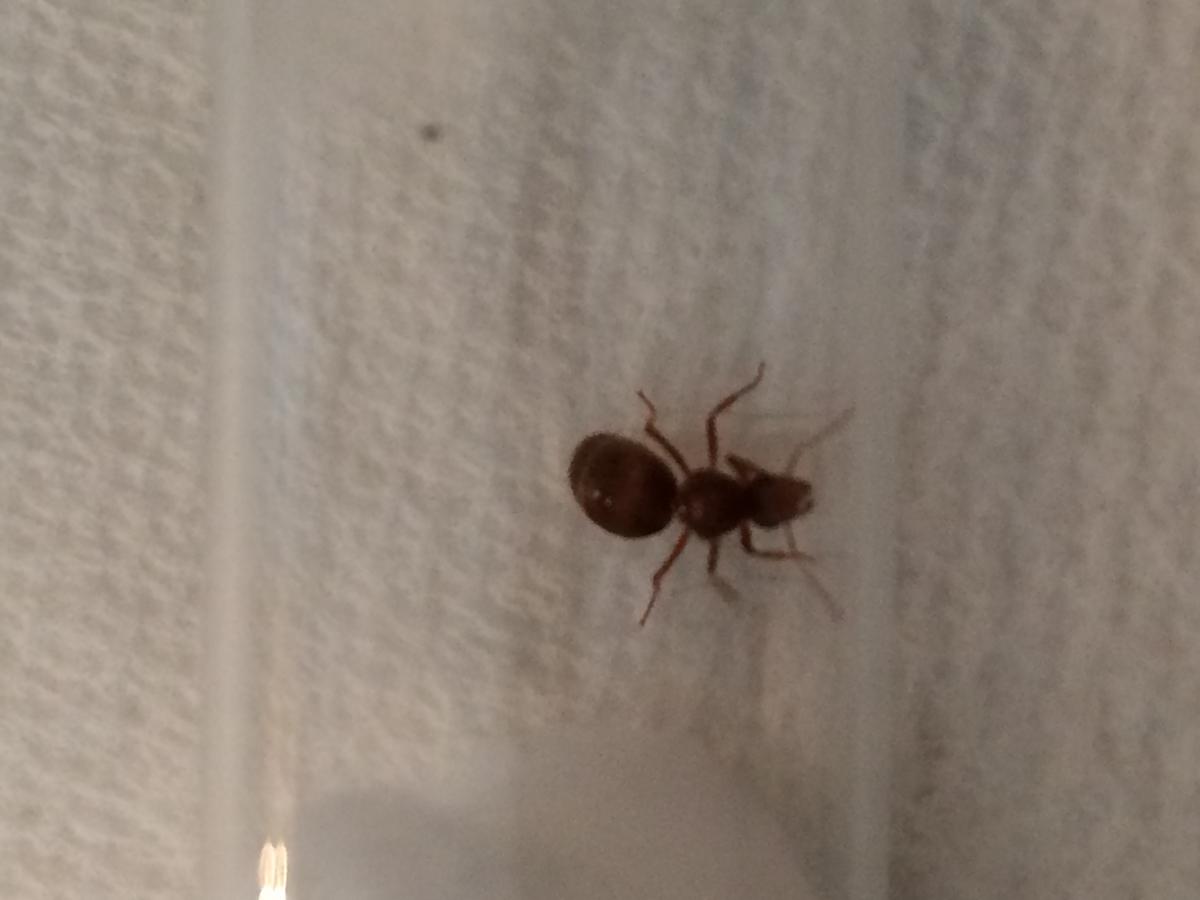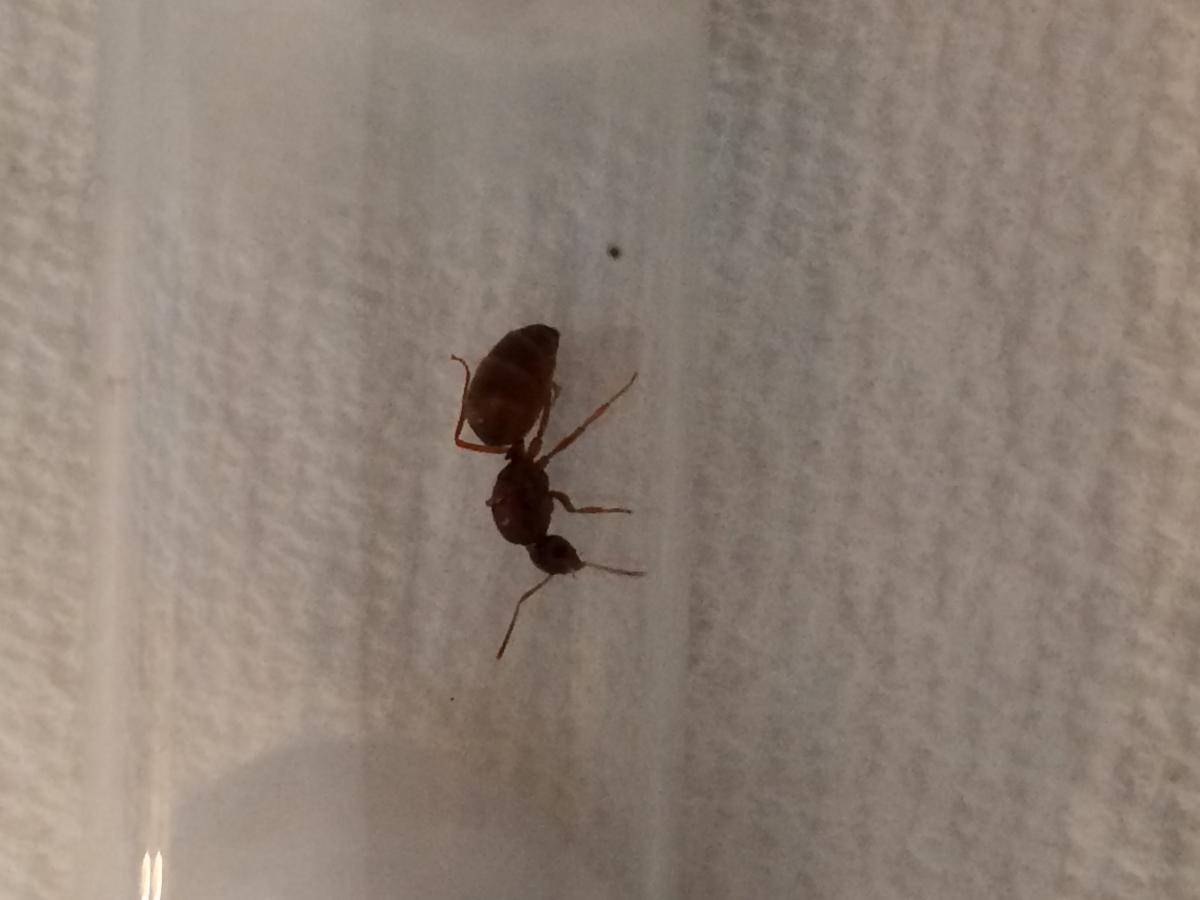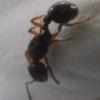- Formiculture.com
- Forums
- Gallery
- Members
- Member Map
- Chat

8 replies to this topic
#1
 Offline
-
Posted April 3 2015 - 11:45 AM
Offline
-
Posted April 3 2015 - 11:45 AM
Just found my first queen of this season!!! It was on my friends driveway when I saw it
If you ain't got a dream, you ain't got nothing.
#2
 Offline
-
Posted April 3 2015 - 1:20 PM
Offline
-
Posted April 3 2015 - 1:20 PM
Myrmecocystus?
#3
 Offline
-
Posted April 3 2015 - 1:24 PM
Offline
-
Posted April 3 2015 - 1:24 PM
Please include details from here: http://www.formicult...t-a-new-thread/
Size and other details quite important to ID most species.
"Always do right. This will gratify some people, and astound the rest." -- Samuel Clemens
#4
 Offline
-
Posted April 3 2015 - 2:34 PM
Offline
-
Posted April 3 2015 - 2:34 PM
Normally Crystals request would be very important to an id of any ant, however because of the time of year and based off of your photos you can be almost certain this is Prenolepis imparis. They are known as the winter ant or the false honey ant. They are called winter ants because they are the first ants active in spring and function best at cooler temperatures. At the height of summer these ants will often estivate to avoid the heat. They are also called false honey ants because they make repletes like honeypot ants do. Their repletes are no where near as impressive however.
Now if you want to keep these ants you will need to be patient with them. They have very slow brood development times and you might not have workers until early to mid summer.
#5
 Offline
-
Posted April 3 2015 - 3:20 PM
Offline
-
Posted April 3 2015 - 3:20 PM
Thanks it does look like Prenelopis imparis
If you ain't got a dream, you ain't got nothing.
#6
 Offline
-
Posted April 3 2015 - 8:28 PM
Offline
-
Posted April 3 2015 - 8:28 PM
Normally Crystals request would be very important to an id of any ant, however because of the time of year and based off of your photos you can be almost certain this is Prenolepis imparis. They are known as the winter ant or the false honey ant. They are called winter ants because they are the first ants active in spring and function best at cooler temperatures. At the height of summer these ants will often estivate to avoid the heat. They are also called false honey ants because they make repletes like honeypot ants do. Their repletes are no where near as impressive however.
Now if you want to keep these ants you will need to be patient with them. They have very slow brood development times and you might not have workers until early to mid summer.
I was thinking the same thing.
#7
 Offline
-
Posted April 3 2015 - 10:03 PM
Offline
-
Posted April 3 2015 - 10:03 PM
Thanks it does look like Prenelopis imparis
Lucky... ![]() At least someone got Prenolepis this season...
At least someone got Prenolepis this season...
Myrmecocystus?
Not in Virginia.
#8
 Offline
-
Posted April 4 2015 - 8:05 AM
Offline
-
Posted April 4 2015 - 8:05 AM
I might see if atom ant is interested in this queen
If you ain't got a dream, you ain't got nothing.
#9
 Offline
-
Posted April 4 2015 - 12:53 PM
Offline
-
Posted April 4 2015 - 12:53 PM
I agree on Prenolepis imparis.
Edited by Jonathan21700, April 4 2015 - 12:55 PM.
Also tagged with one or more of these keywords: queen ant id
Anting →
Ant ID Requests →
Queen need ID pleaseStarted by chua2231 , May 31 2020 |
|
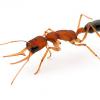
|
||
Lasius claviger or Lasius umbratus — 1/21/18Started by Mettcollsuss , Jan 21 2018 |
|

|
||
Anting →
Ant ID Requests →
Lasius queen ID – Chicago, IL – 10/15/17Started by Mettcollsuss , Oct 15 2017 |
|

|
||
Queen ID pls: Orange County (Peters Canyon Regional Park), South California - Aug 02, 2017Started by OniMonkey , Aug 2 2017 |
|

|
0 user(s) are reading this topic
0 members, 0 guests, 0 anonymous users



